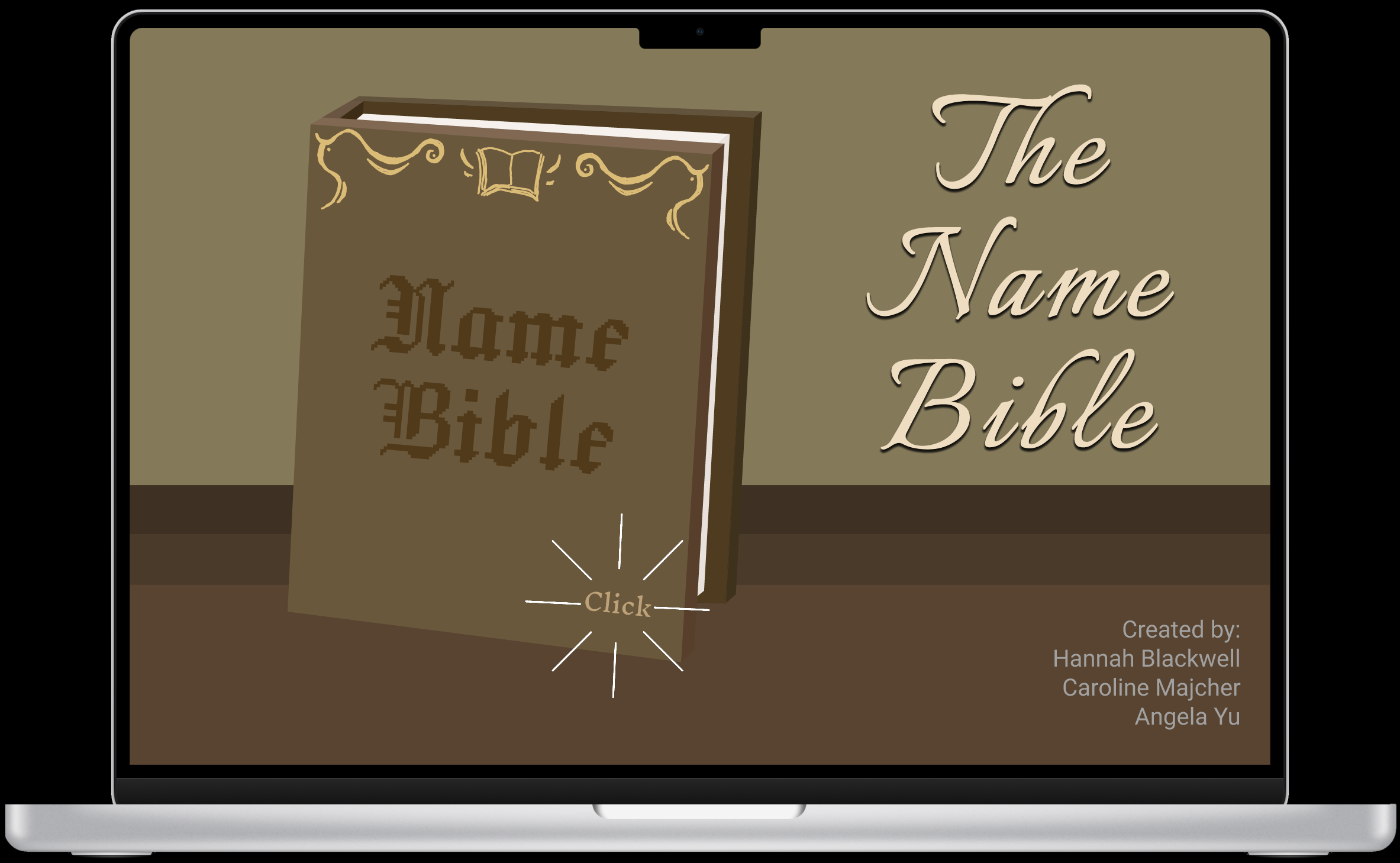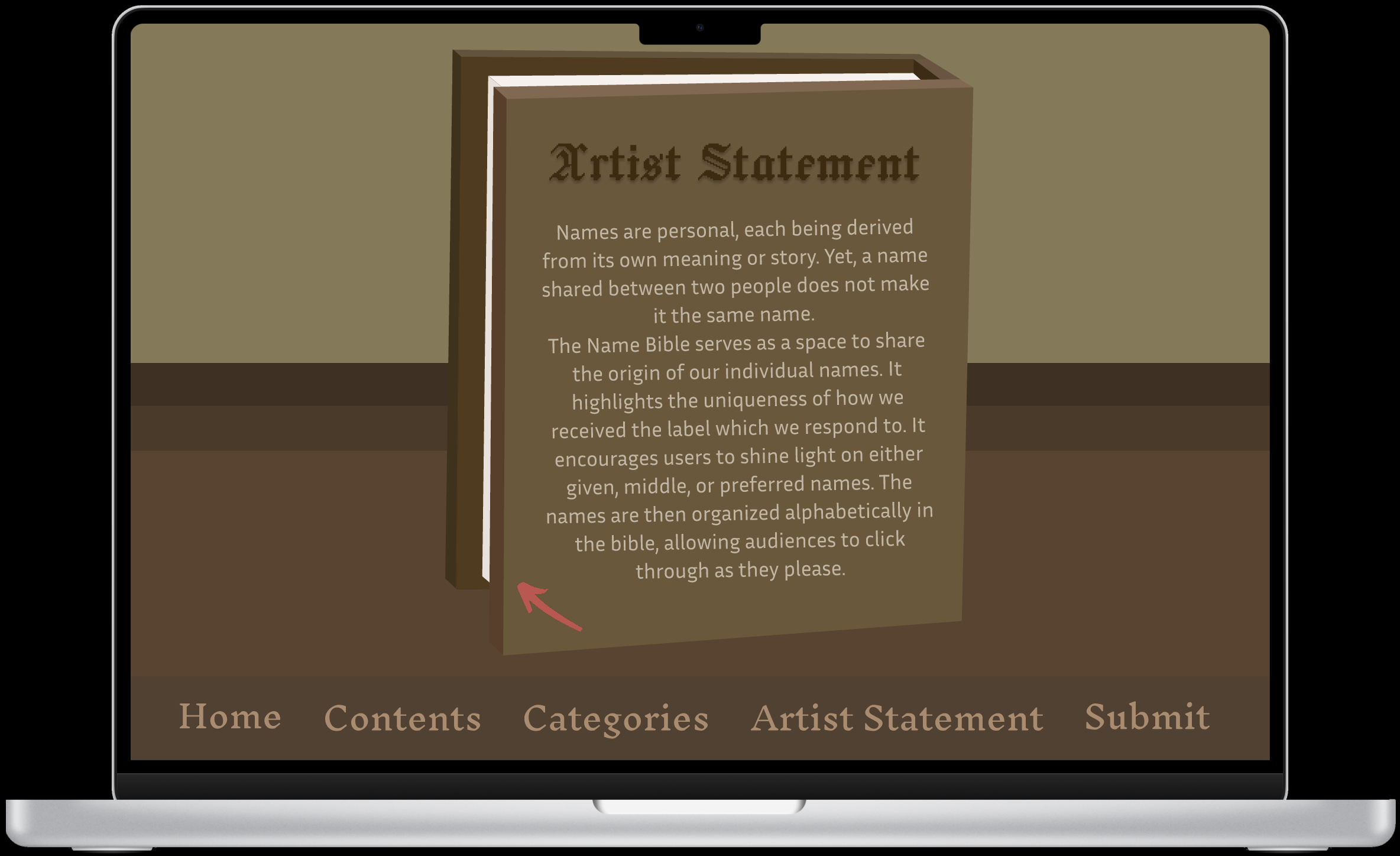Interactive Storytelling
For this module, I must create a short twine story based on a news story with a partner and a co-creation project with a group showcasing stories from other people through crowdsourcing.
Rat Rumors
Our twine story was based on a story involving a possible sighting of a rat on a remote, Alaskan island. The island’s wildlife could be at stake with a growing population of rats. You play as a wildlife official and must set up traps to catch the rat... if there even is one...
Proposal:
We choose a news story that involves a small Alaskan island that may or may not have a rat problem. After a resident thought they saw a rat in June, an island-wide search was made to find it as rats can be devastating to the local wildlife, especially birds. Wildlife officials have used interesting tactics to lure the rat with peanut butter, cameras and “chew blocks”. They have also requested a dog be brought to the island to help eradicate the problem. Previously, when a rat had been sighted on a similar island, it took a whole year to find and eradicate it so this could be a serious issue.
We liked this story as it is both a serious story pertaining to the preservation of wildlife, but it’s also somewhat silly and ridiculous with how we can interpret the many ways the inspectors search for the rat. This news story can benefit from a twine story treatment because it will lay out and explain the journey of navigating the rat. The twine project could include different investigation methods in finding the rat: there could be more in addition to the ones mentioned in the story. The twine project would follow the investigators as they try to navigate the whereabouts of the rat, taking them on different paths, depending on the evidence found.
Although the ending to this news story is that there have been no further sightings of the rat so far, there could be other endings that would include them finding the rat, the rat taking over the island, they realise that the rat never existed, or perhaps some other weird and silly resolutions. Main narrative arc of the story is a cliffhanger but we could introduce what other methods should have tried to catch the rat and more endings that finish the story.
Research:
https://www.ctvnews.ca/climate-and-environment/why-an-alaska-island-is-using-peanut-butter-and-black-lights-to-find-a-rat-that-might-not-exist-1.7047602
- An Alaskan resident thought they saw a rat outside their home which might harm wildlife and overrun remote islands.
- Non-native rats need to be taken off these islands because they can harm bird populations and the general wildlife of the area, the issue can be really serious.
- Wildlife officials arrived at the apartment complex and crawled through nearby grasses, around the building and under the porch.
- They baited traps with peanut butter and set up cameras to capture the rat’s existence.
- Blocks of, “chew blocks”, have been set up to record any telltale incisor bites. Some are lined with ultraviolet material so inspectors can search for glowing droppings with black lights.
- Asked for a dog from the U.S. Department of Agriculture be brought to the island to sniff out any rats.
- There have been no other sightings since June but vigilance is high.
- The U.S. Fish and Wildlife Service is planning an environmental review to analyse the eradication of potentially tens of thousands of rats on four uninhabited islands in the far-flung, volcano-pocked Aleutian chain, hundreds of miles southwest of St. Paul. More than 10 million seabirds of varying species nest in the Aleutians.
https://www.latimes.com/world-nation/story/2024-09-23/alaska-island-find-a-rat-that-might-not-exist#:~:text=That's%20because%20rats%20that%20stow,and%20upending%20once%2Dvibrant%20ecosystems.
https://www.cbc.ca/news/canada/north/alaska-island-rat-sighting-1.7331296

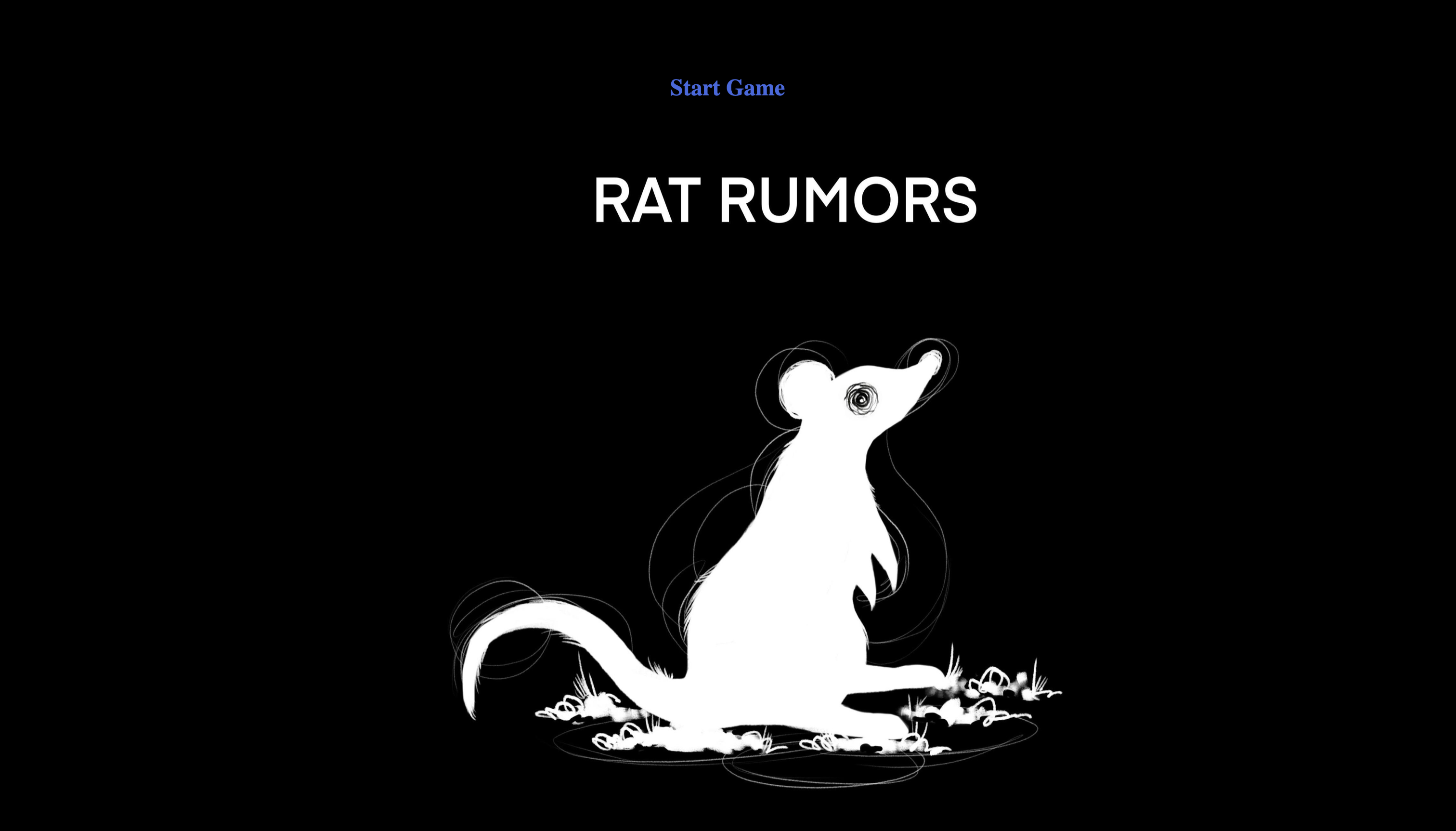

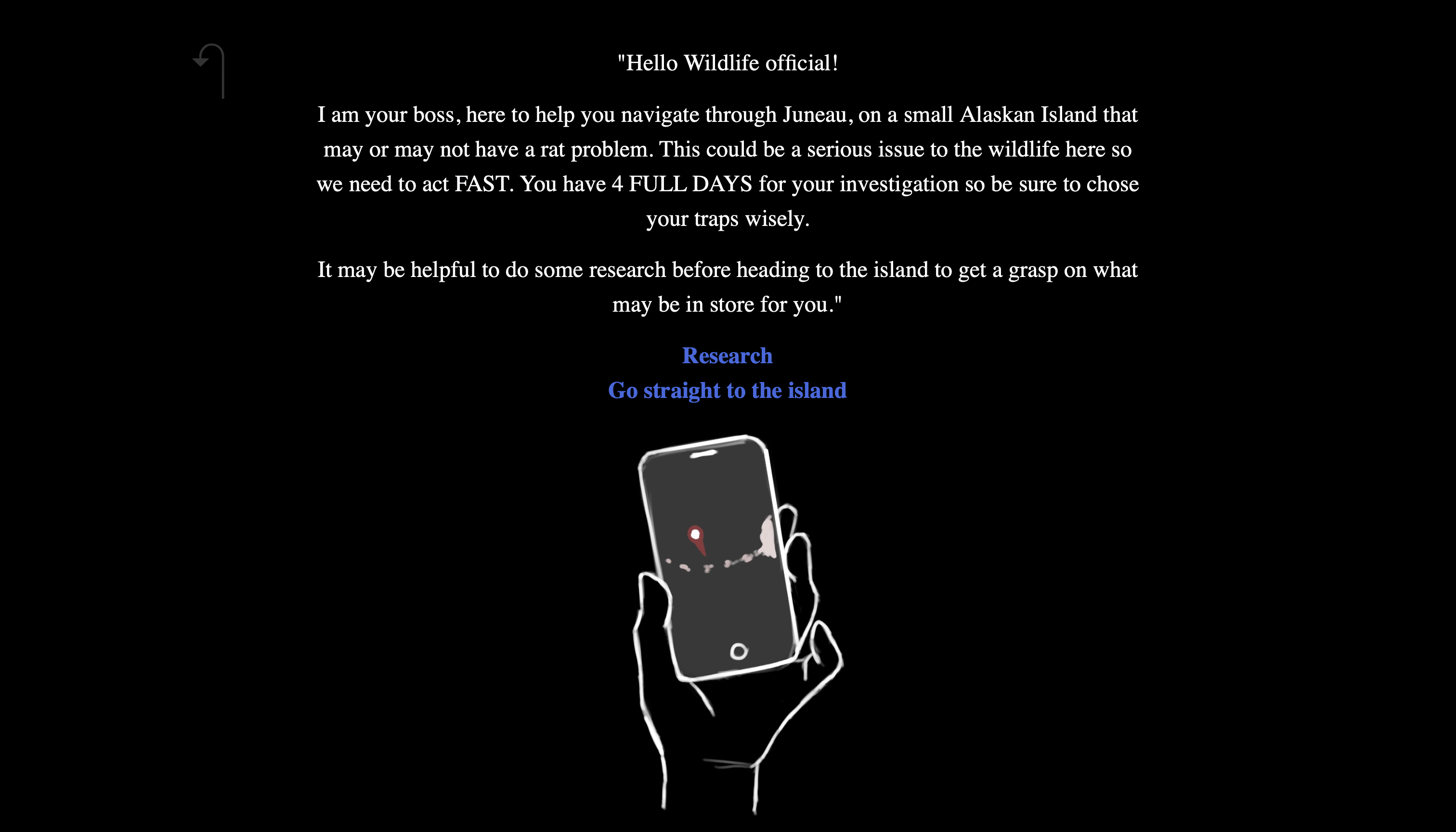
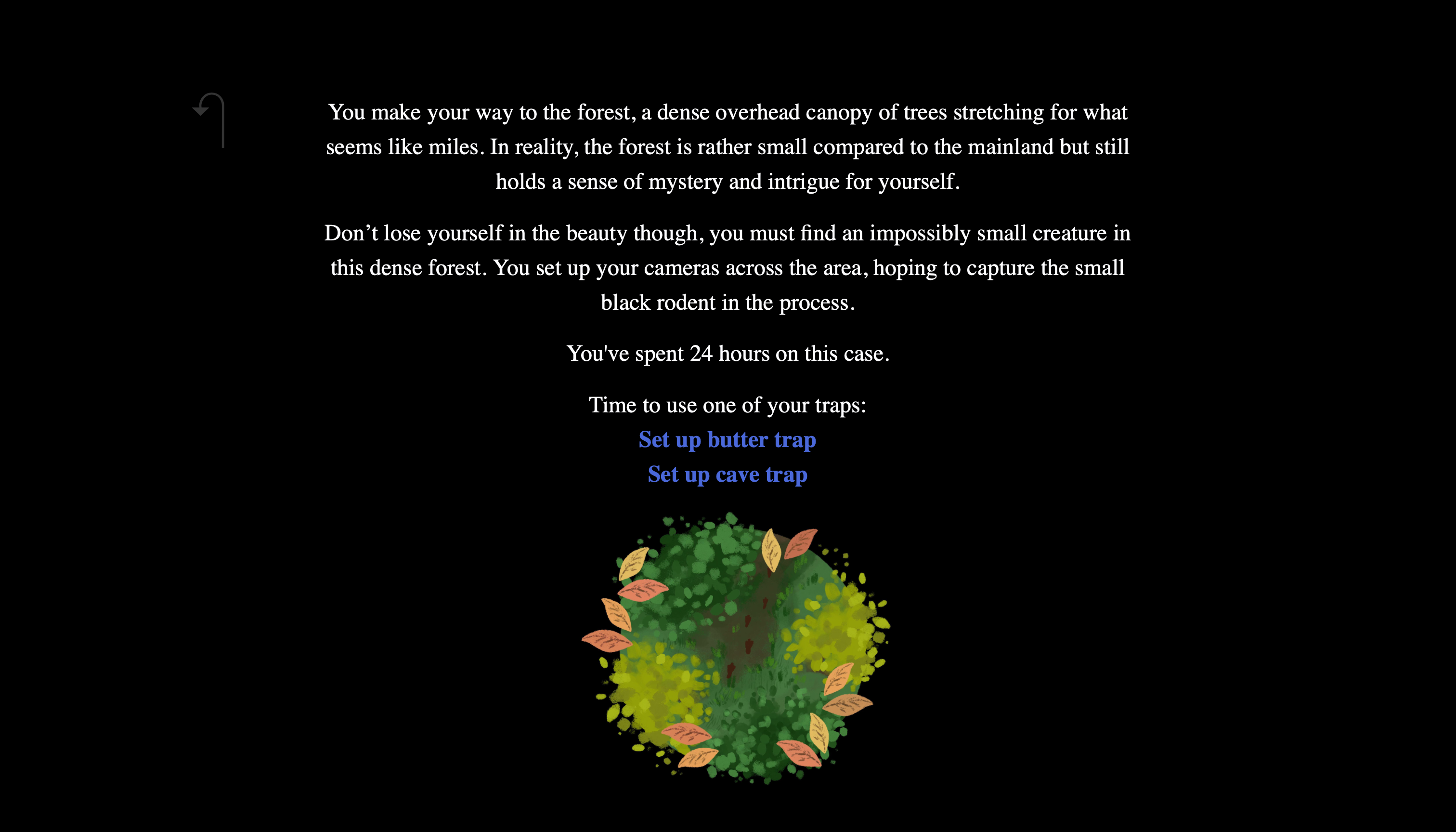
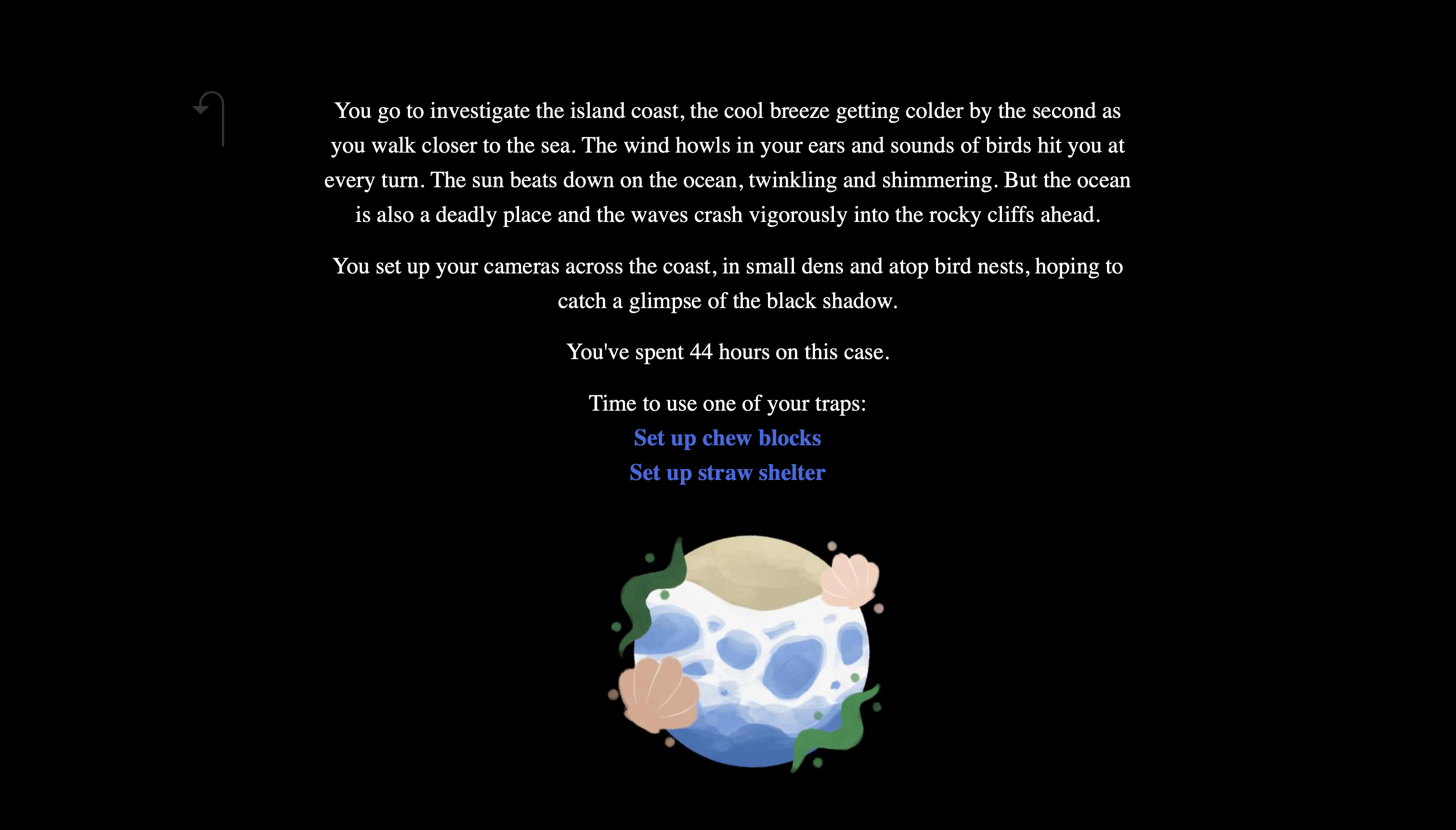

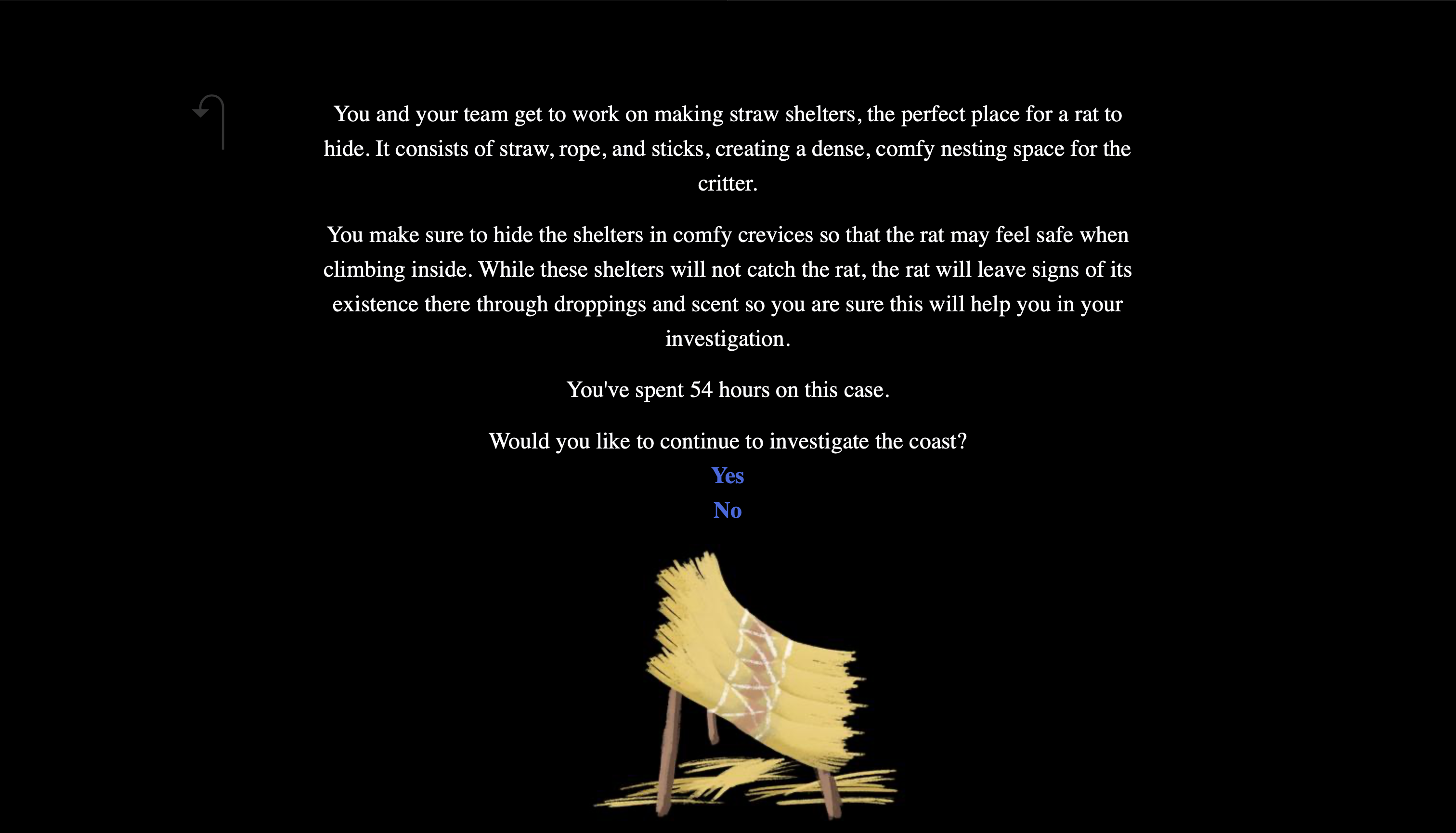



Name Bible
Our co-creation project takes names from people of all different backgrounds and places them on an interactive website for all to see and learn about our most important parts of ourselves.

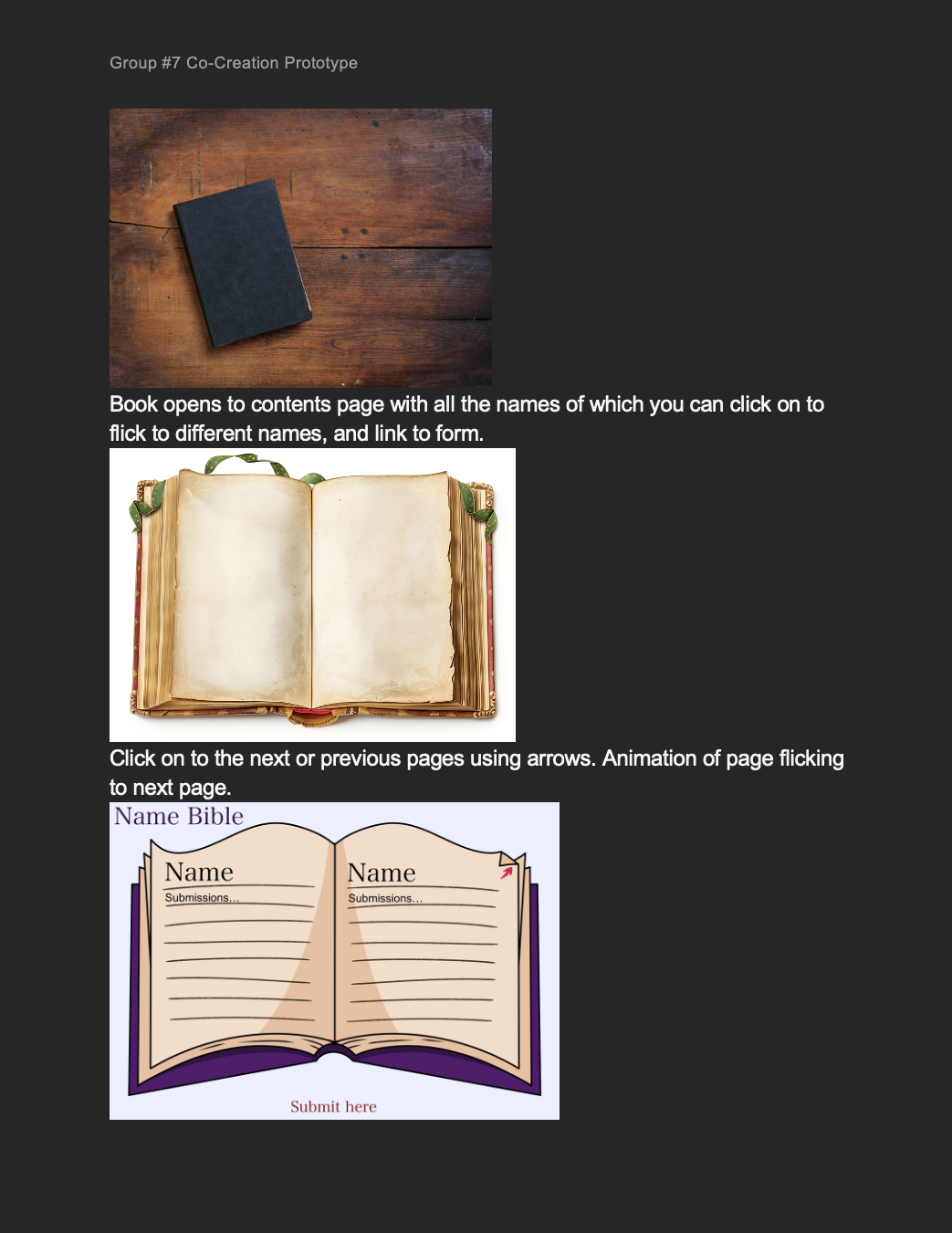

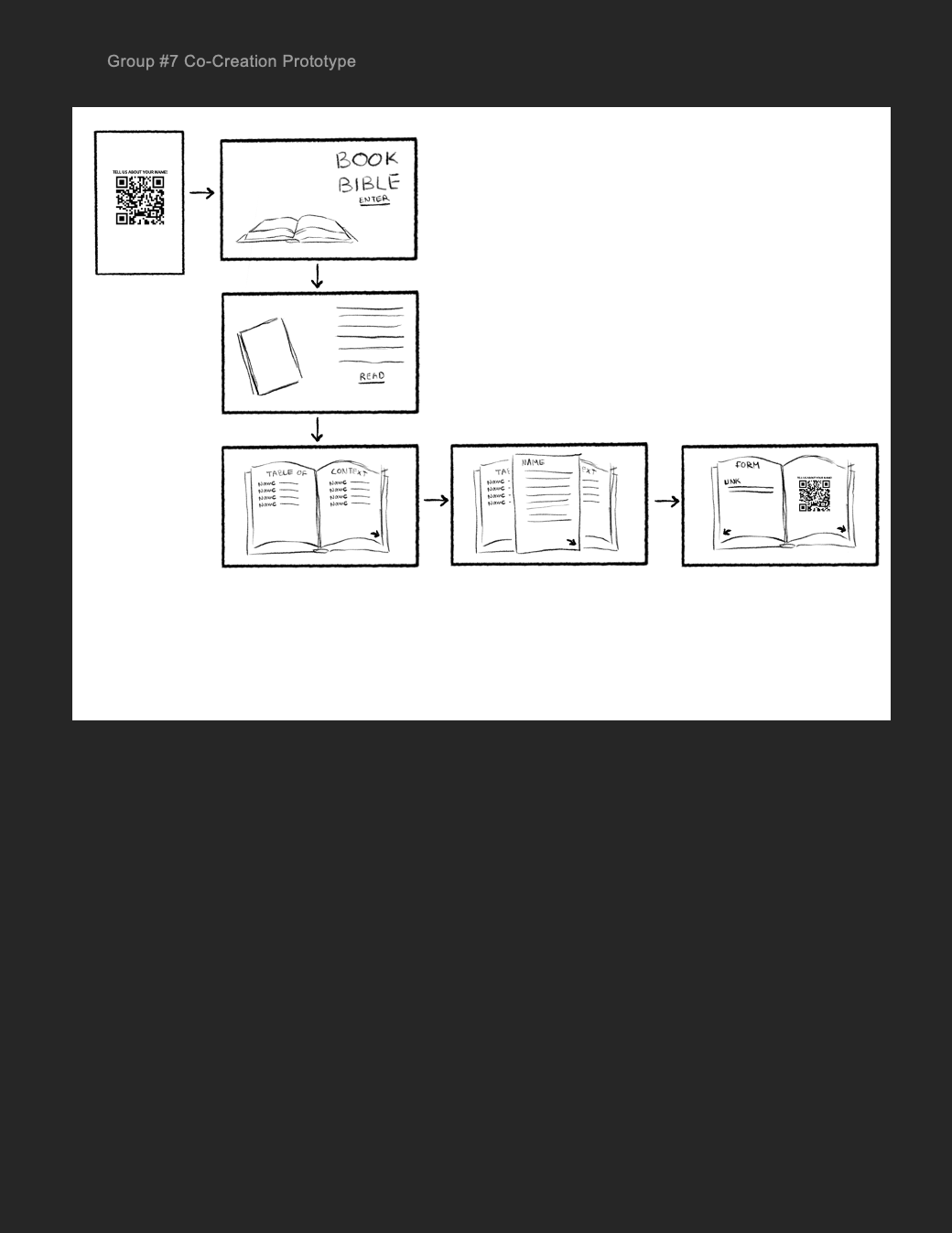
Artist Statement
Hannah Blackwell, Angela Yu, Caroline Majcher
Our alphabet is composed of 26 letters, making it possible to form over 60,000,000 combinations. Despite this, many of us still find ourselves sharing names with one another; perhaps a co-worker or classmate who goes by the same letter sequence. But names are personal, each being derived from its own meaning or story. Yet, a name shared between two people does not make it the same name. The Name Bible serves as a space to share the origin of our individual names. It highlights the uniqueness of how we received the label which we respond to. It encourages users to shine light on either given, middle, or preferred names. The names are then organized alphabetically in the bible, allowing audiences to click through as they please.
The name bible was created with the intent emphasizing how two alike things can still be very different. It pays homage to those who delivered our names to us, how an event of any size can result in what we are defined by for the rest of our lives; from the doctor who saved our moms life, to the name of our brothers favourite pro wrestler. The bible also includes a preferred name option as we all don’t resonate with the name we have been given at birth. No participant should feel bound to a name that feels foreign to them, and it is encouraged for these users to share a name that feels true to them.
Names were gathered through a google form that gave participants the option to fill in the meaning of their given, middle, or preferred names. Another section was added for nicknames to become a feature of the final Figma interface. The google form was then shared in a class discord chat, with creators of the project also sharing them through Instagram stories and with family and friends. Receiving responses was fairly easy due to the low stakes involved in crowd sourcing. Users weren’t required to provide more than a few words regarding their names, which made gathering submissions effortless for the group.
Before creating the website, names were first alphabetically organized in a document. The website was then created to open with a book as to visually correlate with the title of Name Bible. The design uses earthy tones of browns, greens, and beiges to create an old school/library like atmosphere. Each page contains a footer with links to the home page, contents, our artist statement, or a submit option for those who still wish to partake. The names are sorted in the contents section, each under its corresponding letter. However, users are also given the option to flip through each entry as if it were a book. Finally, for longer submissions a page pop-up is incorporated to display the entries full story when clicked on.
The name bible was created with the intent emphasizing how two alike things can still be very different. It pays homage to those who delivered our names to us, how an event of any size can result in what we are defined by for the rest of our lives; from the doctor who saved our moms life, to the name of our brothers favourite pro wrestler. The bible also includes a preferred name option as we all don’t resonate with the name we have been given at birth. No participant should feel bound to a name that feels foreign to them, and it is encouraged for these users to share a name that feels true to them.
Names were gathered through a google form that gave participants the option to fill in the meaning of their given, middle, or preferred names. Another section was added for nicknames to become a feature of the final Figma interface. The google form was then shared in a class discord chat, with creators of the project also sharing them through Instagram stories and with family and friends. Receiving responses was fairly easy due to the low stakes involved in crowd sourcing. Users weren’t required to provide more than a few words regarding their names, which made gathering submissions effortless for the group.
Before creating the website, names were first alphabetically organized in a document. The website was then created to open with a book as to visually correlate with the title of Name Bible. The design uses earthy tones of browns, greens, and beiges to create an old school/library like atmosphere. Each page contains a footer with links to the home page, contents, our artist statement, or a submit option for those who still wish to partake. The names are sorted in the contents section, each under its corresponding letter. However, users are also given the option to flip through each entry as if it were a book. Finally, for longer submissions a page pop-up is incorporated to display the entries full story when clicked on.
Link to Google form for submission
Link to Figma (prototype)
